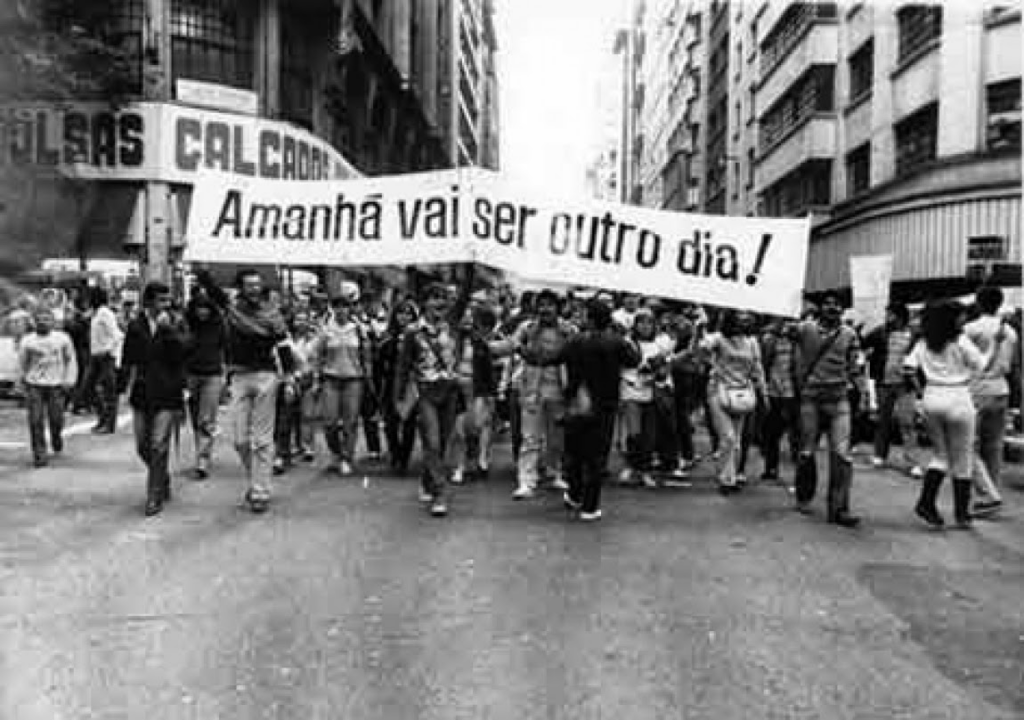From 1964 to 1985 Brazil went through a dictatorial regime as many other countries in South America did at that time. More than 8000 indigenous people and 400 urban citizens were murdered. 210 people remain missing until today. The common words used to describe that time are violence, brutality, censorship, fight and resistance. The images we find are either very institutional or very brutal. In my research I couldn’t find a single image of a person crying.
I asked myself: knowing how fundamental music is for my culture, especially during that period, could I find the act of weeping in the lyrics of the songs released back then? More than that, would it be possible to briefly explain the history throughout these musical tears?
After a couple of years of political tension in Brazil, João Goulart (or Jango) became president. He was the vice of Jânio Quadros, which resigned due to unclear reasons. Not satisfied with the ongoing project of Jango, the military force, supported by conservative (mainly rich) civilians and the United States, successfully coordinated the coup d’état as Jango had no political or military support at that point. Jango intended to instaure basic reforms such as rental control to solve the Brazilian debt and it was seen by the conservative (and US) as a “communist threat”.
Year by year, dictator after dictator, the regime got more violent and censorship more strict. Many artists, writers and intellectuals were exiled, as some stayed and resisted through art.
I respect my tears very much
But even more my laughter
I inscribe, thus, my words
In the voice of a sacred woman
Unholy cow, put your horns out and above the herd
“Vaca Profana” – Gal Costa
After the Amnesty Law in 1979, the “Diretas Já” movement in 1984 and many negotiations (as most events in our history), the Brazilian dictatorial regime ended officially in 1985 but the way it happened gave space for a cultural amnesia that led to a recent movement claiming for military intervention again. Thanks to artists, we can trace back the history to not forget completely how absurd it was.




